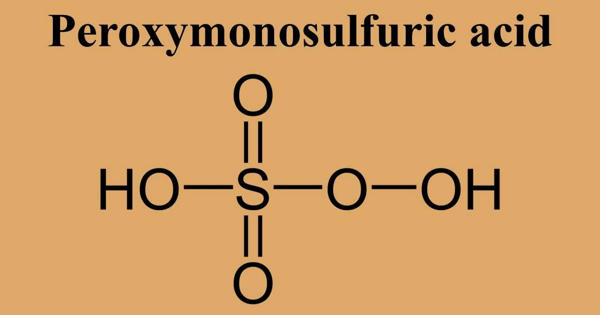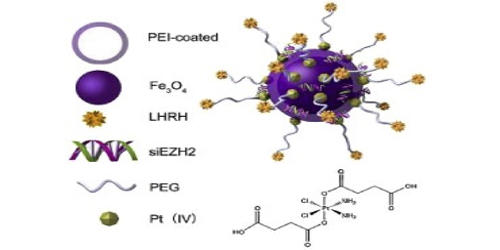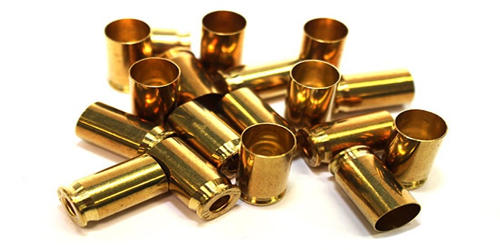Potassium bitartrate, also known as potassium hydrogen tartrate, has the formula KC4H5O6 and is produced as a byproduct of winemaking. It is the tartaric acid potassium acid salt (a carboxylic acid). In the kitchen, it’s known as cream of tartar. It’s a byproduct of the winemaking process. It can be used in baking as well as cleaning. It is made from tartaric acid’s potassium acid salt (a carboxylic acid). The powdery base that results can be used in baking or as a cleaning solution (when mixed with an acidic solution such as lemon juice or white vinegar).
It is produced as a byproduct of the winemaking process during the fermentation process. Potassium bitartrate, which has been approved by the FDA as a direct food substance, is used as an additive, stabilizer, pH control agent, antimicrobial agent, processing aid, or thickener in a variety of food products.
Properties
Potassium Bitartrate, or tartar, is a salt produced from the crystals found on the sides of wine casks. When purified it is known as cream of tartar. It is acid and is slightly soluble in water. It is used in baking powder, for medicine, and as acid and buffer in foods.
- Melting point: 267°C (dec.)
- Density: 1.954 g/mL at 25 °C(lit.)
- Flash point: 210℃
- Solubility: 5.7g/l
- Form: Crystals or Powder
- Color: Colorless opaque or white
- Specific Gravity: 1.954
- Odor: Odorless

Description
Potassium bitartrate has low water solubility. It crystallizes in wine casks during grape juice fermentation and can precipitate out of wine in bottles. The crystals (wine diamonds) commonly form on the underside of a cork in wine-filled bottles stored at temperatures below 10 °C (50 °F) and rarely, if ever, dissolve naturally into the wine.
These crystals also form in fresh grape juice that has been chilled or allowed to stand for a period of time. To prevent crystals from forming in homemade grape jam or jelly, chill the required fresh grape juice overnight to promote crystallization. The crystals of potassium bitartrate are removed by filtering through two layers of cheesecloth. The filtered juice can then be used to make jam or jelly. In some cases, they adhere to the side of the chilled container, obviating the need for filtering.
Potassium bitartrate is a potassium salt of L-tartaric acid that is organic. It is a byproduct of winemaking that occurs naturally in grapes, the primary fruit used to make wine. It functions as a food anticaking agent, laxative, plant metabolite, antimicrobial agent, raising agent, food acidity regulator, food humectant, and food stabilizer.
Application
It can be made into a paste-like cleaning agent for metals or other cleaning applications by combining it with an acidic liquid such as lemon juice or white vinegar. It can also be used in chemistry as a pH buffer component. It has recently been demonstrated that it is capable of treating breast cancer.
The raw form (known as beeswing) is collected and purified to produce the white, odorless, acidic powder that is used for a variety of culinary and household purposes.
Potassium bitartrate can be combined with an acidic liquid, such as lemon juice or white vinegar, to create a paste-like cleaning agent for metals like brass, aluminum, or copper, or with water for other cleaning applications like removing light stains from porcelain.
















